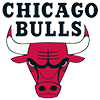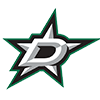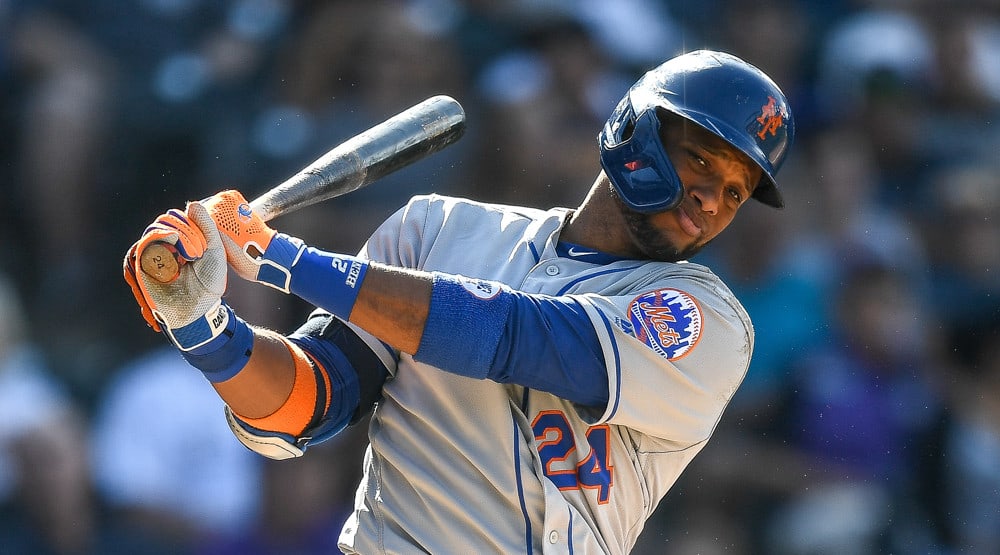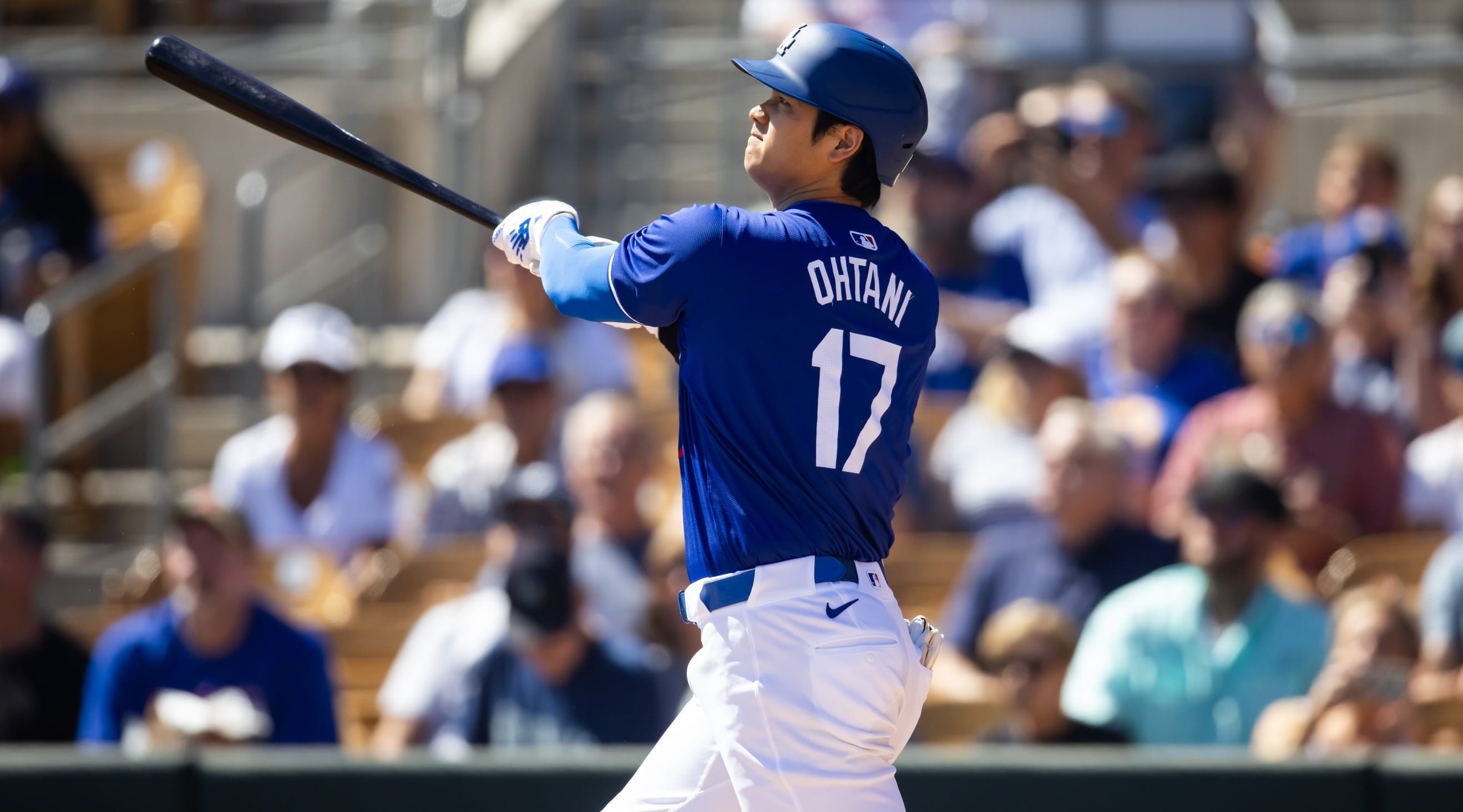Although defense-independent pitching statistics -- such as FIP -- may not be perfect, we can be pretty sure that ERA is not the answer when it comes to successfully evaluating pitching talent. There are simply too many factors at play that the pitcher doesn't control, even beyond luck. The most important one? The defense behind him. And as fantasy players, we can use our knowledge of the defensive qualities of certain teams to help us find some undervalued talent.
Systems like UZR and +/- are all the rage right now, but there are such data issues with these systems that they can be difficult to trust. Instead, I prefer a simpler system: Defensive Efficiency Rating. Think of it as a batting average for defenses: the rate of balls in play which the defense turns into outs. Here are the defensive efficiency ratings by team for the 2011 season, via Baseball Prospectus:
| Rank | Team | DER |
|---|---|---|
| 1 | TBA | 0.735 |
| 2 | TEX | 0.722 |
| 3 | CIN | 0.718 |
| 4 | ANA | 0.718 |
| 5 | SDN | 0.717 |
| 6 | SFN | 0.717 |
| 7 | SEA | 0.715 |
| 8 | BOS | 0.715 |
| 9 | LAN | 0.715 |
| 10 | PHI | 0.714 |
| 11 | ARI | 0.714 |
| 12 | WAS | 0.713 |
| 13 | MIL | 0.712 |
| 14 | ATL | 0.712 |
| 15 | OAK | 0.711 |
| 16 | TOR | 0.710 |
| 17 | FLO | 0.708 |
| 18 | DET | 0.708 |
| 19 | CLE | 0.707 |
| 20 | SLN | 0.704 |
| 21 | NYA | 0.703 |
| 22 |
Although defense-independent pitching statistics -- such as FIP -- may not be perfect, we can be pretty sure that ERA is not the answer when it comes to successfully evaluating pitching talent. There are simply too many factors at play that the pitcher doesn't control, even beyond luck. The most important one? The defense behind him. And as fantasy players, we can use our knowledge of the defensive qualities of certain teams to help us find some undervalued talent.
Systems like UZR and +/- are all the rage right now, but there are such data issues with these systems that they can be difficult to trust. Instead, I prefer a simpler system: Defensive Efficiency Rating. Think of it as a batting average for defenses: the rate of balls in play which the defense turns into outs. Here are the defensive efficiency ratings by team for the 2011 season, via Baseball Prospectus:
| Rank | Team | DER |
|---|---|---|
| 1 | TBA | 0.735 |
| 2 | TEX | 0.722 |
| 3 | CIN | 0.718 |
| 4 | ANA | 0.718 |
| 5 | SDN | 0.717 |
| 6 | SFN | 0.717 |
| 7 | SEA | 0.715 |
| 8 | BOS | 0.715 |
| 9 | LAN | 0.715 |
| 10 | PHI | 0.714 |
| 11 | ARI | 0.714 |
| 12 | WAS | 0.713 |
| 13 | MIL | 0.712 |
| 14 | ATL | 0.712 |
| 15 | OAK | 0.711 |
| 16 | TOR | 0.710 |
| 17 | FLO | 0.708 |
| 18 | DET | 0.708 |
| 19 | CLE | 0.707 |
| 20 | SLN | 0.704 |
| 21 | NYA | 0.703 |
| 22 | COL | 0.702 |
| 23 | NYN | 0.701 |
| 24 | KCA | 0.701 |
| 25 | PIT | 0.700 |
| 26 | CHN | 0.699 |
| 27 | HOU | 0.698 |
| 28 | BAL | 0.698 |
| 29 | CHA | 0.697 |
| 30 | MIN | 0.693 |
The Rays' defense is really what got them into the playoffs last season. The difference between them and second-ranked Texas was one point smaller than the difference between Texas and 17th-ranked Florida. But without a little bit of context, these numbers are meaningless.
The Rays' mark of .735 means that for every 1,000 balls the opponents put into the field of play (so not counting home runs), 735 of them result in outs. The Rangers get 722 outs, and so on, all the way down to the Twins, who only get 693 outs. Over the course of 162 games and roughly 1,500 innings, teams usually see somewhere between 4,000 and 4,500 balls in play.
So when we talk about a difference of 42 outs between the Rays and Twins over 1,000 balls in play it's more like 168 outs over the course of an entire season. And that's a really big deal for pitchers. Beyond just having to get extra outs to finish innings -- something that is already difficult enough for major league players -- there are also extra men on base. According to linear weights -- the mathematics behind the formula for Weighted On Base Average, an advanced hitting metric -- the difference between an out and a single (the usual result of a missed fielding play) is just under one run -- 0.8 runs to be more precise.
And here we can get to the useful bits: using this 0.8 runs per out, the 168 out difference between the Twins and the Rays means the quality of Tampa's defense saved their pitchers 134 runs over if they had Minnesota's defense behind them. Over 1,450 innings -- the typical workload for a full MLB season -- this lops a whopping 0.83 off the Rays' season ERA compared to the Twins.
Now, there are legitimate questions as to whether or not pitchers have some control over balls in play -- the answer is probably that they do. But when we take a look at the differences between ERAs and FIPs on the staffs of the Rays and Twins, the above results check out:
Rays
| Pitcher | ERA | FIP | Difference |
|---|---|---|---|
| David Price | 3.49 | 3.32 | 0.17 |
| James Shields | 2.82 | 3.42 | -0.6 |
| Alex Cobb | 3.42 | 3.61 | -0.2 |
| Jeff Niemann | 4.06 | 4.13 | -0.08 |
| Jeremy Hellickson | 2.95 | 4.44 | -1.49 |
| Wade Davis | 4.45 | 4.67 | -0.22 |
Twins
| Pitcher | ERA | FIP | Difference |
|---|---|---|---|
| Scott Baker | 3.21 | 3.5 | -0.29 |
| Anthony Swarzak | 4.52 | 3.92 | 0.6 |
| Carl Pavano | 4.3 | 4.1 | 0.2 |
| Brian Duensing | 5.24 | 4.26 | 0.98 |
| Francisco Liriano | 4.84 | 4.55 | 0.29 |
| Nick Blackburn | 4.49 | 4.84 | -0.35 |
Although we don't see the exact same effect on every pitcher -- nor should we; defenses should not be expected to play the exact same way day-in and day-out -- there is a clear pattern. Twins pitchers typically underperformed their FIPs, and Rays pitchers typically overperformed them. It's part of the reason why Jeremy Hellickson could keep an ERA in the 3.00-4.00 range even if his strikeouts don't surface, and it's part of the reason why Francisco Liriano remains a somewhat dangerous play this season.
There are moving parts on every defense, so we can't just look at the list of ratings for 2011 and make our decisions based on that, but teams like the Rays and Rangers at the top of the list have largely the same defensive teams back for 2012 and are good bets to help out their pitchers again. As the season progresses, we'll get a better idea of which teams have gloves of gold and which have gloves of stone, and make sure you keep that in mind as you scavenge starters off the waiver wire.


























